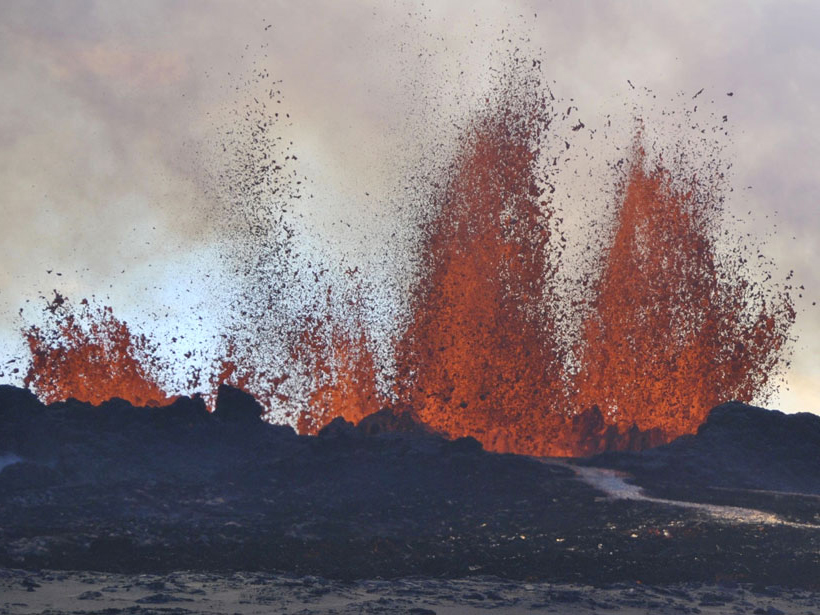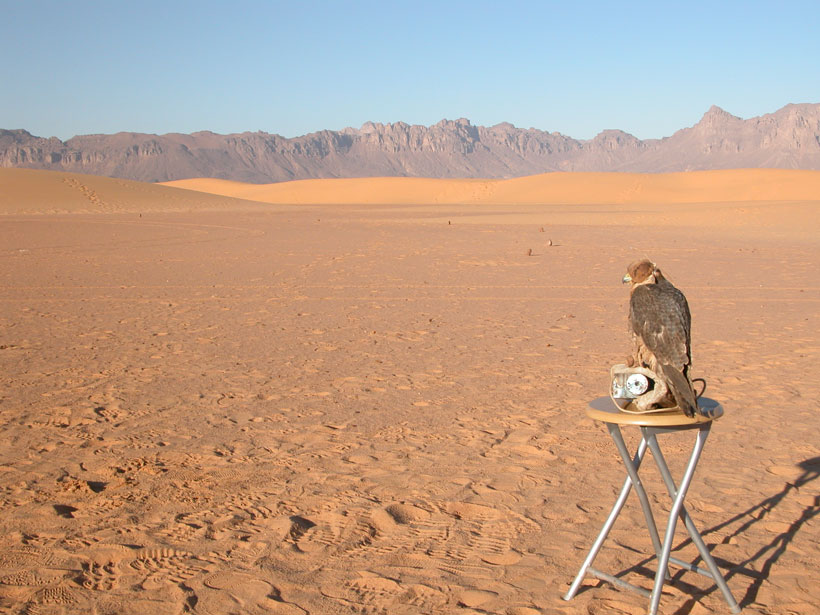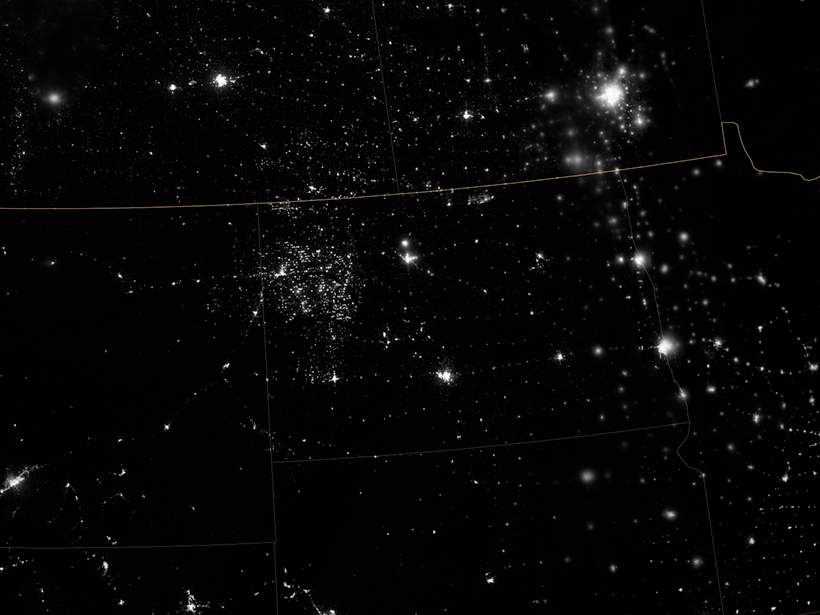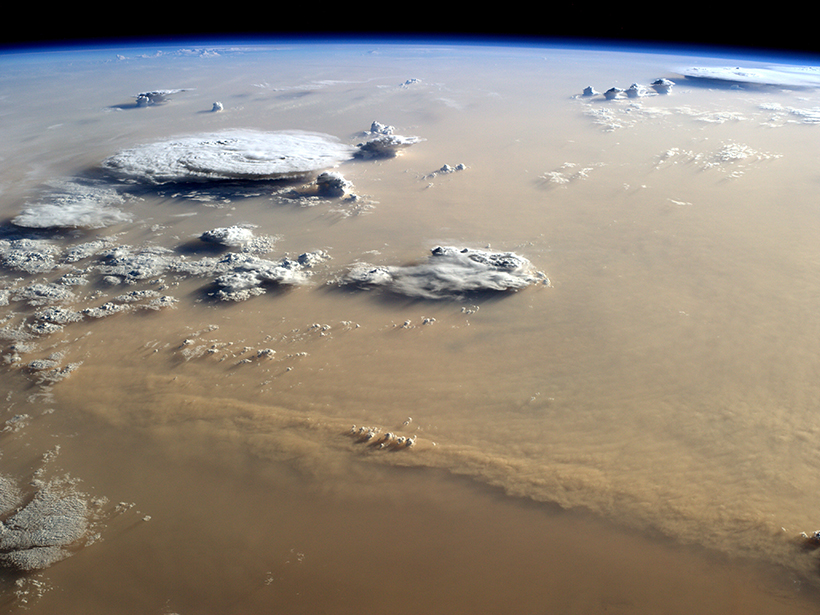One of the world’s largest carbon sinks is still poorly understood.
Research Spotlights
Research spotlights are plain-language summaries of recent articles published in AGU’s suite of 24 journals.
A Novel Way to Track Magma Flow
Sparse seismic data can accurately predict volcanic eruptions.
A Quantitative Look at United Nations’ Global Vision for 2030
Achieving all 17 Sustainable Development Goals will require research, negotiation, and careful planning.
Medieval Temperature Trends in Africa and Arabia
A synthesis of paleotemperature reconstructions from published case studies suggests warm onshore temperatures persisted across most of Afro-Arabia between 1000 and 1200 CE.
Acoustic Imaging of Oceanic Mixing in the Gulf of Mexico
Detailed analysis of acoustic reflections suggests that vertical mixing of oceanic water is enhanced at greater depths, thanks to weak stratification and the roughness of the seabed.
A New Model of Drumlin Formation
Observations from the surge-type glacier Múlajökull in Iceland underpin new modeling results that suggest the glacier’s drumlins grow during quiet intervals of normal flow between glacial surges.
California’s Water Savings Dwindle When Drought Fears Subside
Policy changes and media attention affect how much water Californians use, as well as how long these behaviors prevail. Could public awareness shift behaviors toward long-term conservation?
More Earthquakes May Be the Result of Fracking Than We Thought
Scientists show small earthquakes caused by fracking near Guy-Greenbrier, Ark., in 2010 that could have been early indicators of high stress levels on larger faults deeper underground.
Managing Radio Traffic Jams with the Cloud
Sensor networks and data mining allow for fully automated, real-time monitoring of radio waves.
Pinpointing Effects of Hadley Cell Expansion
As a major atmospheric circulation system spreads farther poleward, some regions are drying out. But as time passes, will this drying be symmetrical across the globe?









